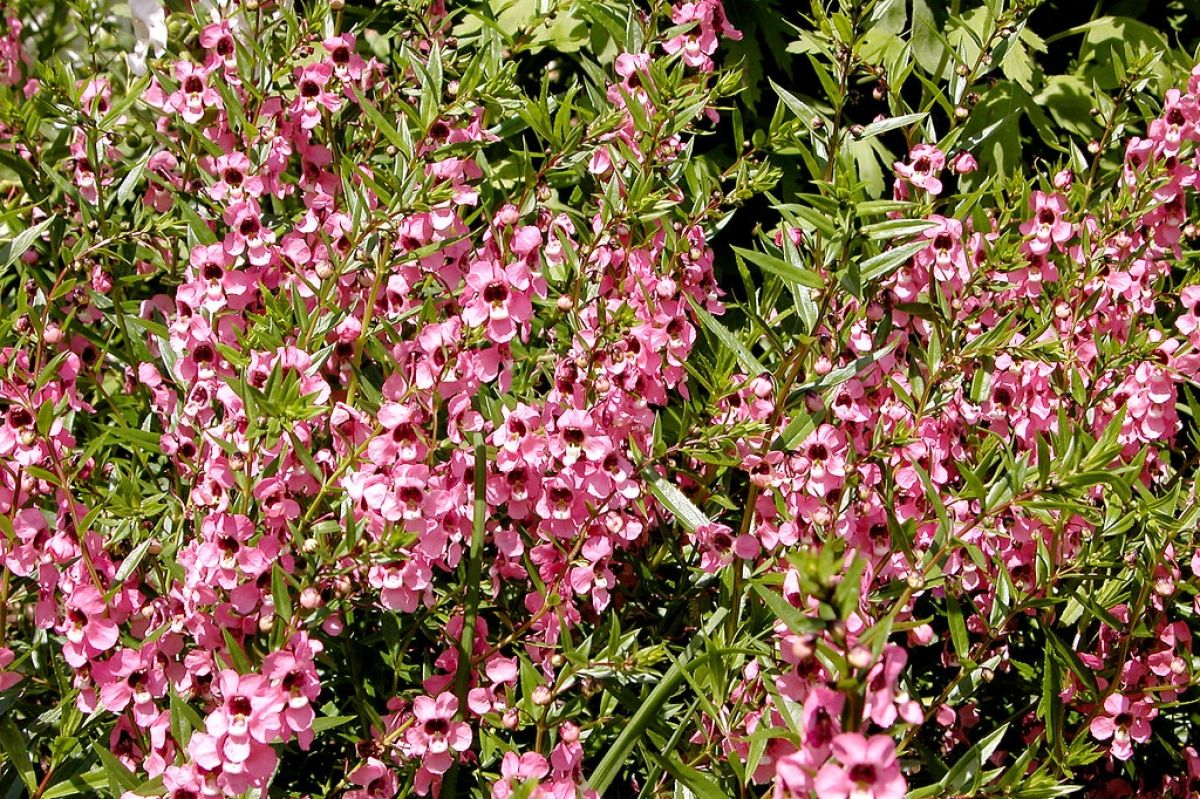
Angelonia angustifolia. (Carl Lewis, flickr)
Thanks to many years of dedicated plant hybridizing, it is now possible to have four seasons of color in our gardens if we include the color of foliage as well as flowering plants.
Starting with the bright color of winter aconite, which blooms in late winter with the hellebores, we can enjoy a succession of early-, mid-, and late-blooming spring bulbs.
Then come the early-blooming shrubs such as forsythia, flowering almond, viburnum, spirea, and lilac that are followed by the Siberian iris bloom that begins the succession of many other kinds of iris.
Peonies, and many other early summer perennial blossoms surround us in the garden as we plant our annuals, which supplement the color of the perennials right through until frost.
The most deer-resistant annuals for my garden are lantana, euphorbia, angelonia, million bells and salvia. I also try to include perennials with grey and chartreuse foliage that provides supplemental color and look striking with purple and blue.
I grow many rose of sharon, crepe myrtle, callicarpa, and itea shrubs as well as asters, hardy begonias and chrysanthemums to carry the garden color through the fall.
Then evergreens such as blue junipers combined with the chartreuse foliage, and the hollies with red berries light up the winter garden.
[Note: For two season of interest, look for deciduous shrubs that bloom in spring or summer and then later produce foliage color in the fall. Be sure to plant beautyberry (Callicarpa) with purple berries in the fall. Blue birds love them!]









